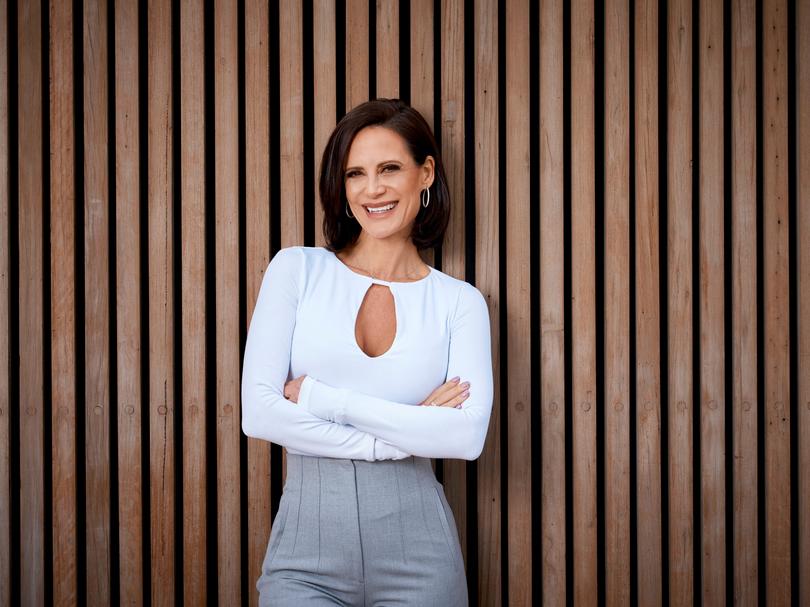Nutritionist Sarah Di Lorenzo: Why when you eat is just as important as what you eat

Can the time of day we eat really impact our journey when getting to our healthy goal weight?
For many years medical professionals have claimed that all calories are the same no matter what time of day and night eating had no impact on weight.
This is far from true and there is a lot of evidence and recent research to clearly demonstrate the times we eat impacts our weight, blood sugar levels and our risk of type 2 diabetes.
Sign up to The Nightly's newsletters.
Get the first look at the digital newspaper, curated daily stories and breaking headlines delivered to your inbox.
By continuing you agree to our Terms and Privacy Policy.But first, the best way to gain weight is to eat at night.
When sumo wrestlers are gaining weight for their sport they will eat two meals a day.
The second carbohydrate-heavy meal is timed just before bed allowing the calories to be stored as fat rather than being used as energy.
I also have had many patients in my time who have told me they don’t eat all day but have a big dinner at night. All these patients were obese.
Another interesting study had two groups on the same calories for the day.
Meal times were the same. One group had the calorie-heavy breakfast and light dinner and the other group had the light breakfast and heavy dinner.
During the study, the participants had the same physical activity and food intake.
The study showed that eating late greatly increased hunger, decreased levels of leptin (the appetite-reducing hormone), increased the amount of fat stored and decreased the amount of fat burned over that day.

The big breakfast eaters lost more weight than the big dinner eaters.
Looking at blue zones around the world we can also find evidence about the relationship between the times of day we eat and health.
The blue zones are pockets around the world where people over 100 years old are disease-free.
By disease I mean obesity, type 2 diabetes and heart disease.
These pockets are Ikaria; Greece; Sardina, Italy; Okinawa, Japan; Loma Linda, California and Nicoya, Costa Rica.
When you study their diets — while what each ate was different — they generally had two meals a day and the last meal was around 4pm.
They all have a healthy balanced diet full of healthy complex carbohydrates. The way these blue zone communities live is in relation to our circadian rhythms.
Our circadian rhythms are the mental, physical and behavioural changes any living organism will experience over the course of a day..
The biggest influence is night and day or light and dark.
So when our hormone cortisol wakes us up in the morning and we are exposed to light, our digestive system and metabolism are ready to start the day.
At night when the sun goes down, our melatonin (sleep hormone) is being released.
We become more resistant to insulin at night which is logical as we don’t need to be using energy at night, we store what we need for our fasting state during the night.
It is the industrial revolution-style of eating which is how we have ended up with breakfast, lunch and dinner.
This fits in with the nine-to-five working day.
Before this, the way humans ate was very different over the thousands of years we can trace back.
Historically the middle of the day was where the largest meal was eaten.
So the key to success in your weight loss journey does come down to the times of day.
I always tell my patients not to skip breakfast as the metabolism and digestive system is working well, have a bigger lunch and dinner needs to be the smallest meal.
Think bowl for breakfast, plate for lunch and a bread and butter plate for dinner.

